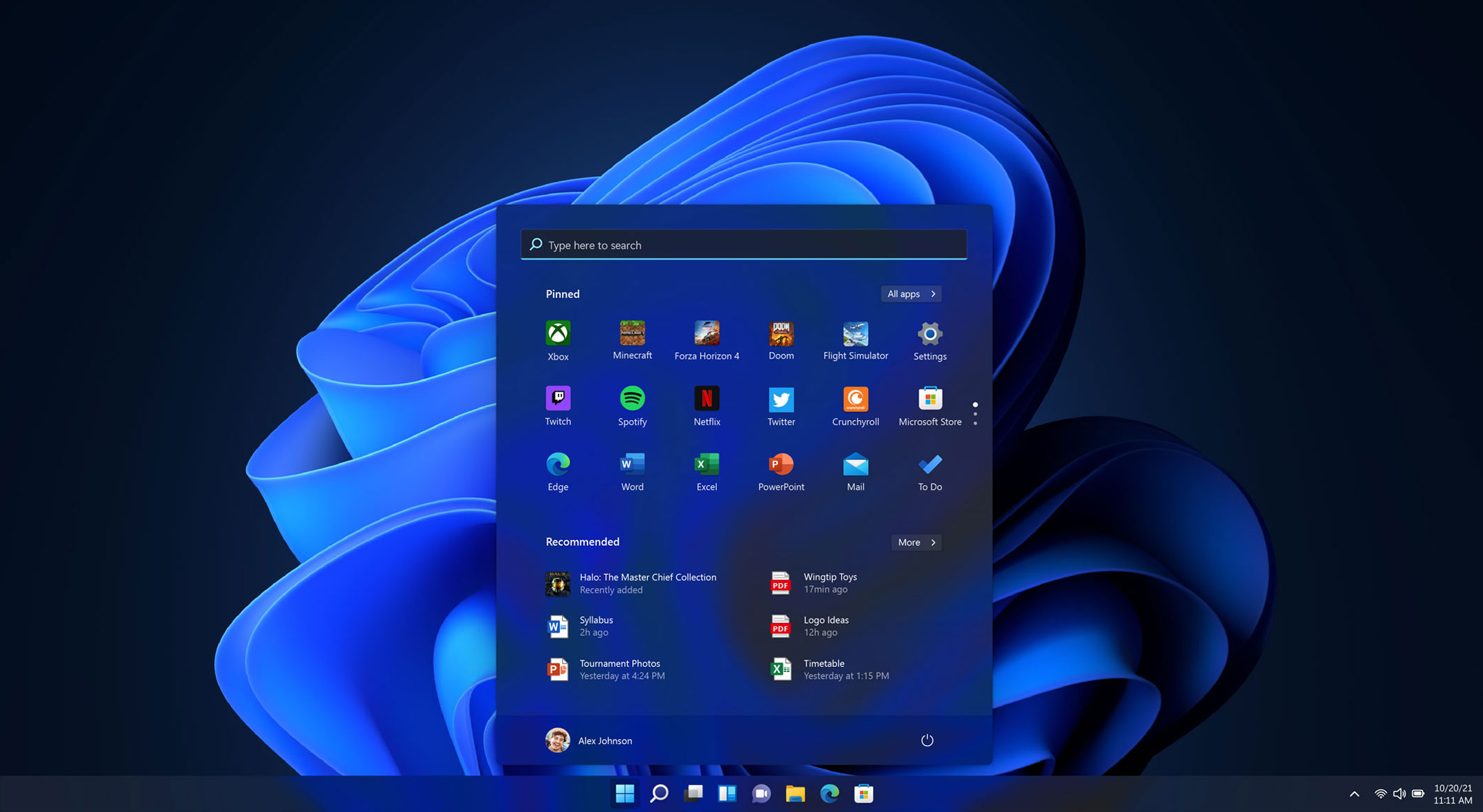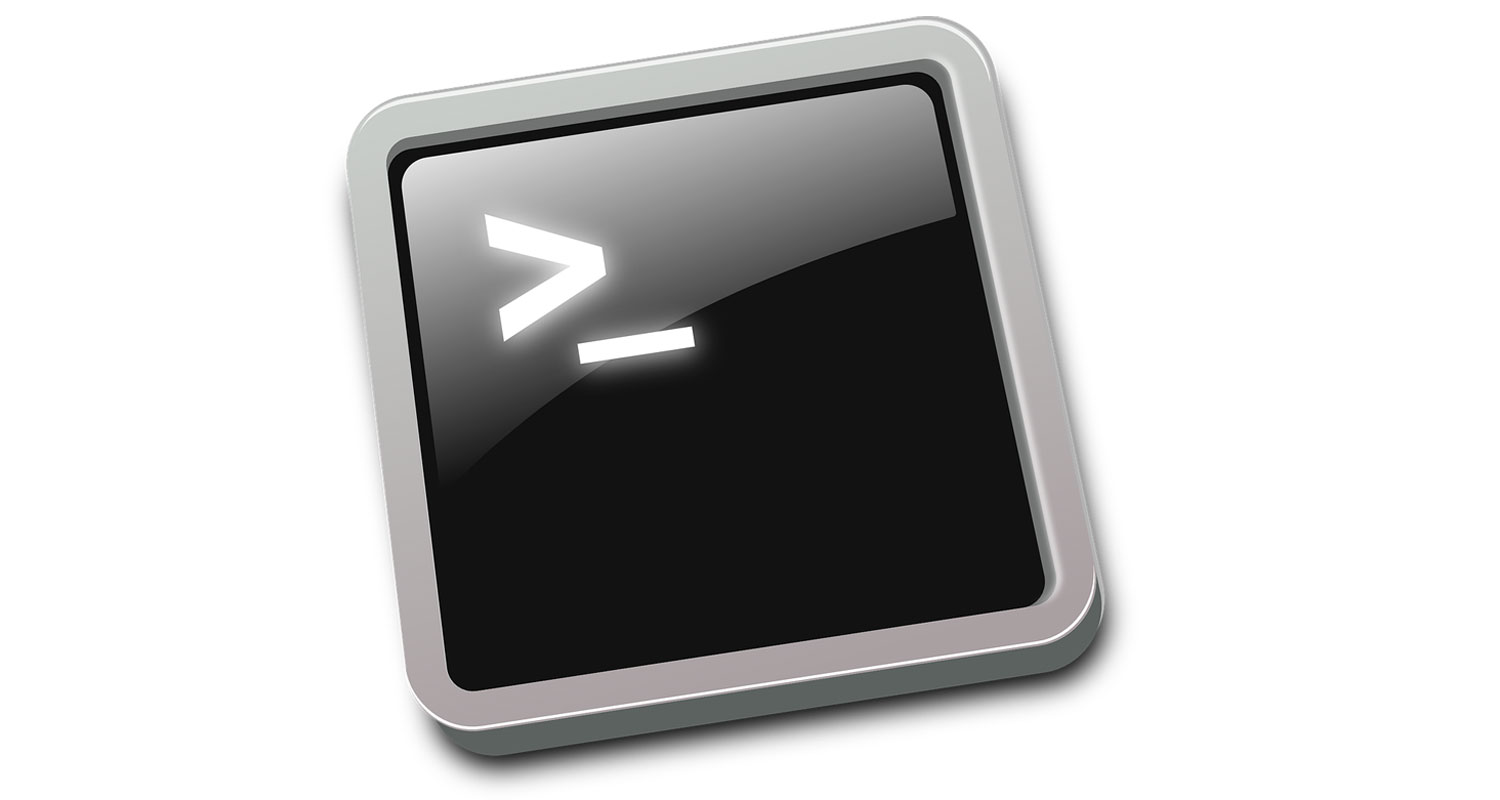What would it look like to compress more than four decades of technological upheaval into a few minutes of animated bars jostling for dominance?
At first glance, these are just numbers sliding across a screen; look deeper, and they tell the story of how we live, work and play with technology.
This video, by Wolf Data, showcases the most dominant operating system – both desktop and mobile – over four-and-a-half decades, and it’s fascinating!
Watch the video
DOS: the command-line king
The saga begins in the early 1980s, when Microsoft’s MS-DOS was an early king of the hill. Back then, the personal computer was a beige box that booted to a blinking cursor, daring you to type arcane commands. DOS wasn’t pretty, but it was practical, giving IBM PCs and their clones a disctinctive look and feel. For nearly a decade, DOS towered above all contenders.
Enter Windows, stage left
By the mid-1990s, graphical interfaces began reshaping computing. Windows 95 and its successors catapulted Microsoft from a relatively obscure software supplier into a household name. Suddenly, computers weren’t just for accountants and engineers; they were for families, schools and offices everywhere. Watching the bar chart, you can almost hear the chime of the Windows start-up sound as Microsoft’s share surged forward.
Read: Windows 10 turns 10 – and is still going strong
Apple holds the niche
Apple’s classic Mac OS, later macOS, never matched Windows in raw numbers, but carved out a loyal user base. Designers, educators and iconoclasts swore by the sleek integration of hardware and software. The video shows Apple hovering mid-pack for decades, never the biggest, never irrelevant.
Linux and the rebels
The late 1990s also gave us Linux, the scrappy, open-source alternative. In the charts, its bar remains modest. But don’t be fooled – Linux quietly became the backbone of servers, supercomputers, and later, Android phones. It’s the punk rock of operating systems: underground, influential and proud of it to this day.
The Commodore clan
Long before Windows and Android, there was Kernal — not a misspelling, but the deliberately quirky name for the Commodore 64’s operating system core. Introduced in 1982, Kernal was a ROM (read-only memory)-based layer that gave programmers direct hooks into the machine’s hardware. It was spartan and invisible to most users, but it let the C64 load games from tape decks, talk to printers and even access early modems. In the video’s early years, Kernal flickers into view as a reminder that whole generations cut their digital teeth on systems where memory was measured in kilobytes, not gigabytes. It may never have dominated the charts, but its cultural footprint was massive — powering the best-selling personal computer of all time.

The mobile earthquake
The real earthquake hit after 2007. Apple unveiled the iPhone, and iOS burst onto the scene. Not long after, Android arrived, hitching a ride on cheap smartphones that swept through Asia, Africa and Latin America. In the video, Android’s bar doesn’t just grow – it rockets skyward, dwarfing Windows’ once-untouchable reign. By the 2010s, the world’s “computer” was no longer a desktop – it was the phone in your pocket.
Lessons learnt
What’s striking is how fragile dominance in operating systems can be. MS-DOS vanished; Windows, while still massive on desktops, lost its crown when the battle shifted to mobile; Apple never “won” by share but triumphed by creating a lucrative ecosystem; and Android proved that ubiquity matters more than prestige.
Read: Android had a great 2024 – the iPhone, not so much
So, what’s next? Smart glasses, brain-computer interfaces, quantum devices? If history teaches us anything, it’s that today’s titan can be tomorrow’s trivia. It serves as a reminder that in tech, change is not only likely — it’s guaranteed. — (c) 2025 NewsCentral Media
Get breaking news from TechCentral on WhatsApp. Sign up here.
Don’t miss:
TCS | Muggie van Staden: Linux fans should learn to trust Microsoft



